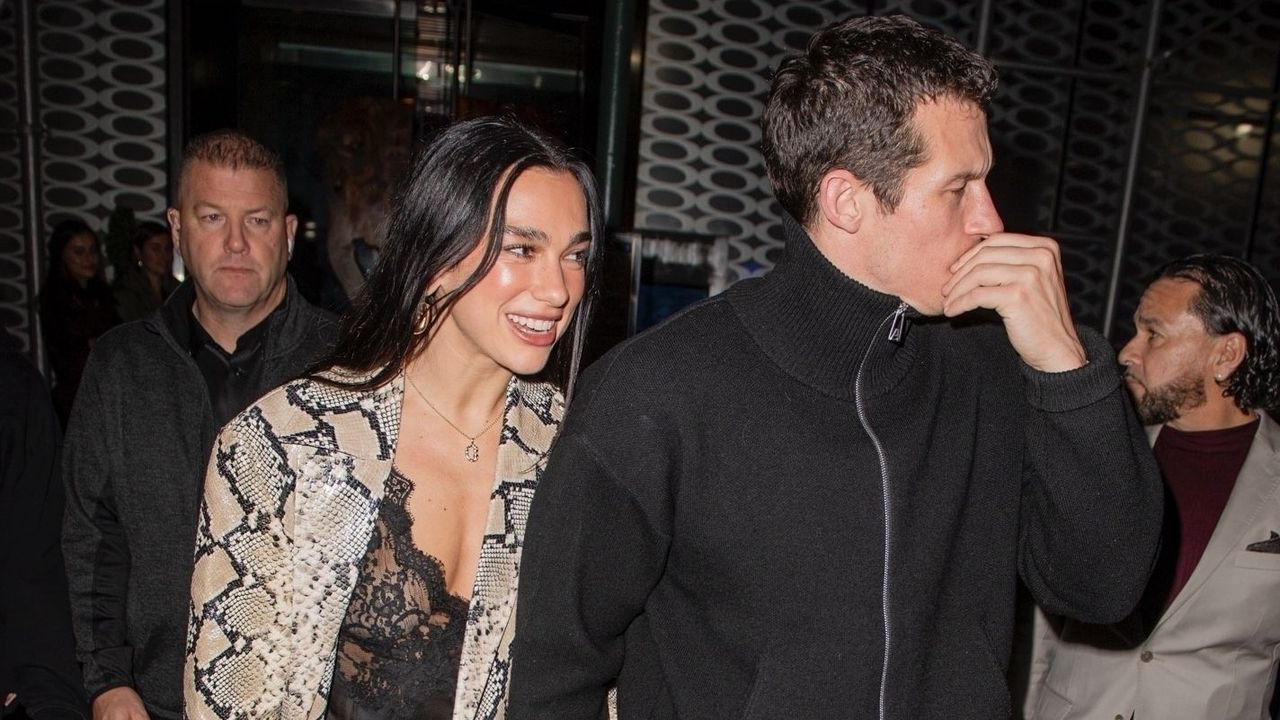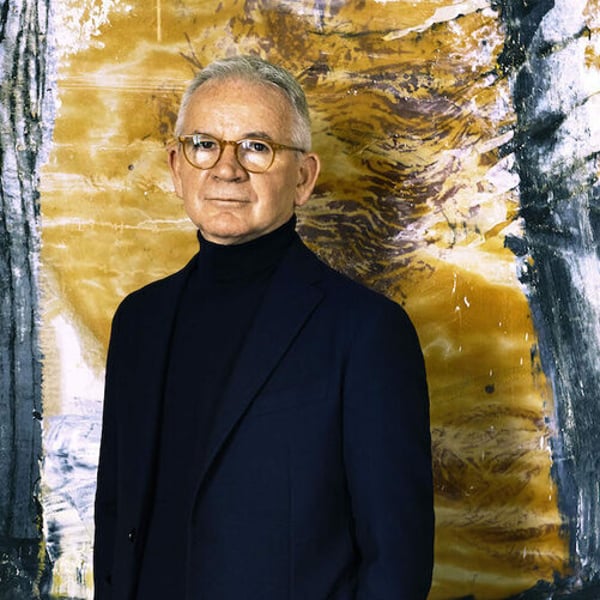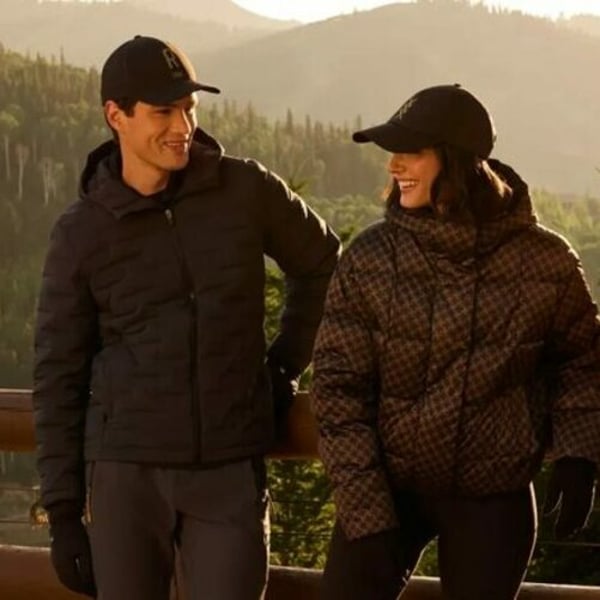For the first time in a long time, Nike CEO Elliot Hill was able to talk about wins.
“Nike’s journey back to greatness has only just begun,” he told analysts on the company’s earnings call this week.
The numbers tell the story. Nike reported a one percent rise in revenue for its quarter ending Aug. 31, with sales reaching $11.7 billion. That number beat analyst expectations and marks the first quarterly revenue gain for the brand since 2024.
While Hill didn’t have too much to say about NikeSkims (which is reasonable considering it just released a week ago), he expressed a clear confidence in Nike’s first sublabel since Jordan.
The news wasn’t all positive. Sales growth was driven purely by wholesale, and margins dropped due to tariffs and heavy discounts.
Hill cautioned that Nike still has “a lot to prove” in the marketplace. He said the company is working to turn its business around “in the face of a cautious consumer” and amid tariff uncertainty in the marketplace. Shares are up 6 percent since the report Tuesday. Below, The Business of Fashion unpacks the four biggest takeaways as Nike charts its tenuous comeback.
Focus on Sport
Rather than organising by men’s, women’s and kids’ categories, Nike is doubling down on its focus on sport categories.
“We’re able to take consumers into a world of Jordan, a world of Nike running or a world of global football,” Hill said. “It’s an immersive sport experience and the refresh has already led to double-digit revenue increases.”
Nike running has been particularly promising, with 20 percent sales growth for the quarter after developing specialised products by its team of athlete ambassadors. The brand plans to use this strategy to bring new designs to market for other sport categories too.
Slowing Down on Classics
As Nike prioritises performance footwear, it will shift focus away on traditional styles like the Air Force 1, Air Jordan 1 and Nike Dunks. CFO Matthew Friend noted that the brand has seen a 30 percent decline in classic footwear sales. As a result, Nike is slowly leveling out these products.
“The Air Force 1 is stabilising. Air Jordan 1 inventory levels are returning to health. The Dunk continues to be managed aggressively down in all geos. Chuck Taylor is in early stages of global market reset,” Hill said.
While Nike’s big push to prioritise sports makes sense, the lifestyle category has typically been the brand’s bread and butter. Classic styles like the Air Force 1 have carried it for decades. Finding a successful balance will be key for growth.
The Wholesale-Direct Divide
A major source for Nike’s struggles over the last few years was its heavy reliance on direct-to-consumer sales while its competitors took up shelf space with the wholesalers Nike abandoned.
One of Hill’s immediate moves upon coming on as CEO was to rectify this. He rebuilt those relationships over the last year and Nike is seeing dividends, with wholesale revenue up to $6.8 billion from $6.4 billion in the previous quarter. Nike’s products have largely returned to spaces like Foot Locker, DSW, Macy’s and more (some with heavy discounts).
But success in wholesale should not come at the expense of direct, which is unfortunately the case for Nike, whose digital channel was down 12 percent for the quarter. Nike’s retail store sales were also down one percent.
Converse Is Still Struggling
Nike has made progress in many areas over the last year. Converse is not one of them.
The legacy brand saw a 27 percent decline in revenue for the quarter at $366 billion. Converse’s struggles, along with Nike’s China troubles (10 percent sales decline) and the $1.5 billion it anticipates in tariff costs, are three major factors holding the brand back.
Still, Hill’s comments on the call show that he still believes in the brand. He’s placed longtime Nike veteran Aaron Cain as the lead executive at Converse and said they’re taking “aggressive actions” to right the ship. Its biggest move so far is using Shai Gilgeous-Alexander’s new signature shoe to reestablish itself as a major player in performance basketball. The latest models were instant sellouts on Thursday when they were released via Converse’s website.
There’s some momentum there, but still more work to be done.


